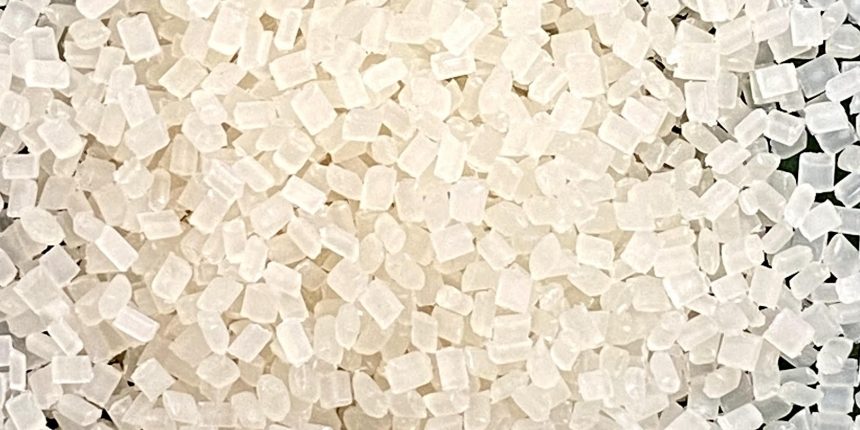Polypropylene or POLYPROPYLENE with the chemical formula -n [CH2-CH (CH3)] – is a versatile material that incorporates properties such as lightness, strength, high heat resistance, stiffness and flexibility and stability. One of the most versatile polymers available with users both as a plastic and as a fiber, it is available in almost all plastic markets. Commercial production of this product began in 1957 and its global production in 2003 reached about 35.8 million tons.
Polypropylene and its chemical structure
Polypropylene has three different spatial configurations based on geometric order and location of molecules: isotactic (iPP), syndiotactic (sPP) and atactic (aPP).
In polymer science, tactics are the regular geometric or spatial order of a molecule
Mean in a polymer chain.
When all the molecules are in the same direction, it is called isotactic. In fact, methyl groups are on one side of the plate passing through the main chain.
Commercially owned iPP
It has a variety of properties that make it widely used, especially in the plastics industry
Provided fibers. One of the most important features of this
Material compared to polymers such as polyamides which make it a suitable option for many
One of the applications is its inability to absorb moisture
Syndiotactic means that the methyl groups are placed one by one on either side of the plate passing through the chain.
Atactic also means that the path of the molecules is completely random and there is no special order.
These tactics, which are used to polymerize a substance, affect crystallization. The degree of crystallization also in turn affects properties such as chemical resistance, mold behavior, surface energy and many other properties of the polymer. Isotactics and syndiotactics are the most common tactics used for polypropylene.








